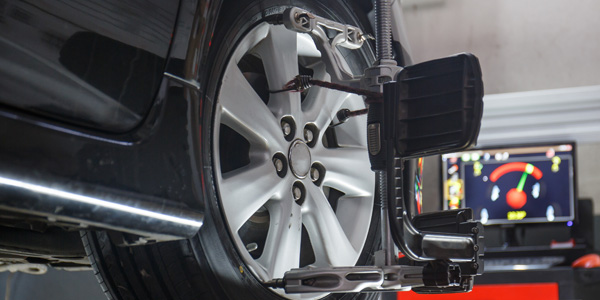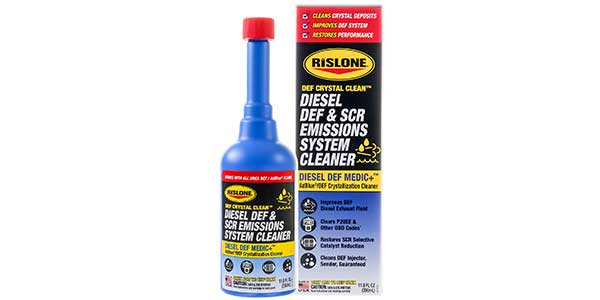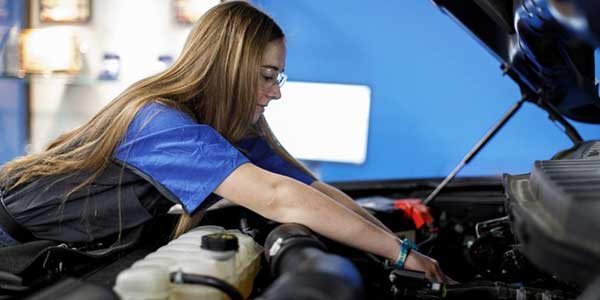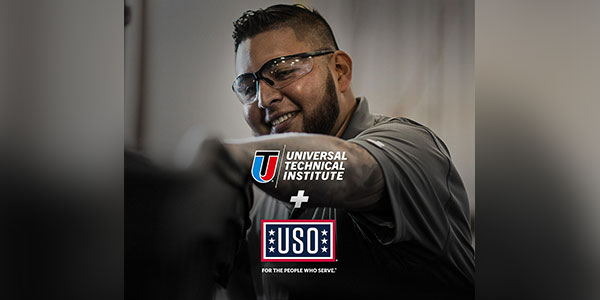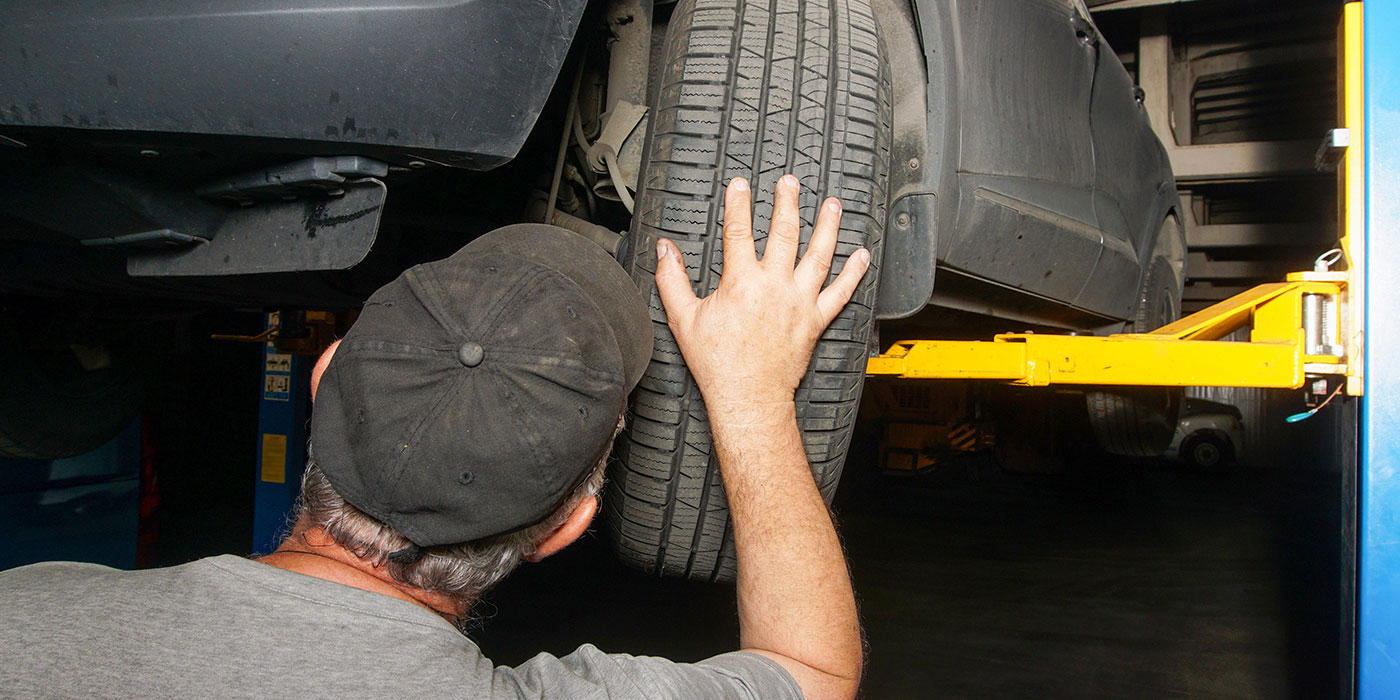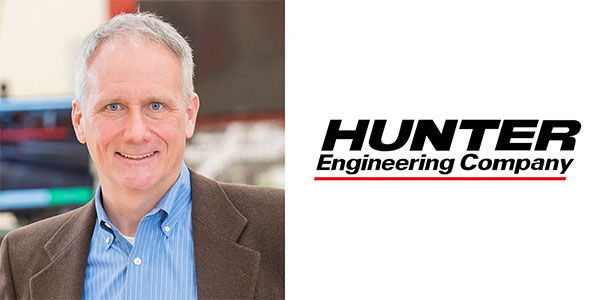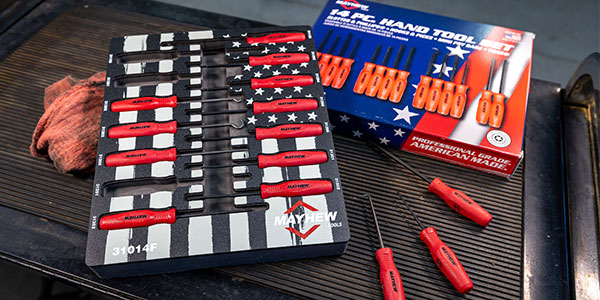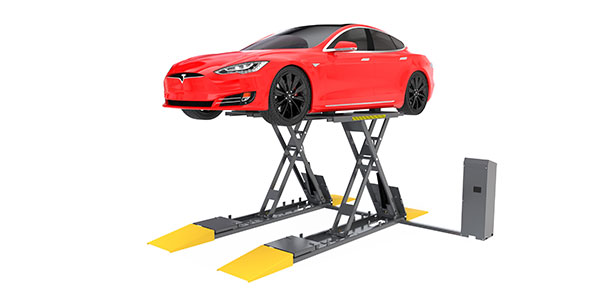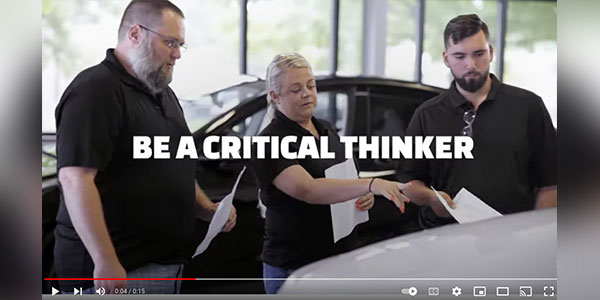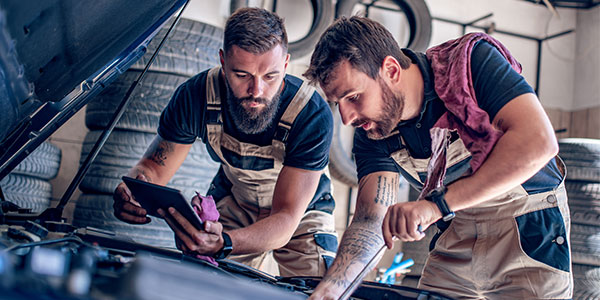When you’re not mindful of your posture during the day, it affects the rest of your body. In the same way, if a vehicle’s wheels are out of alignment, it will affect other parts of the car — including the tires.
Here’s how to spot the signs that a vehicle may need a wheel alignment and explain what happens during an alignment so you have the tools to take the customer through the smooth and pain-free process of adjustment.
Signs to Look For
Both the outside and inside of a vehicle offer clues to a car needing a wheel alignment. If the car has irregular tire wear, including low tread depth on different parts of the tire or a bald tire, the angles of the wheels may be not set properly, which is an indication that a vehicle needs an alignment. Handling problems — including the need to pull the steering wheel to one side or another — are often another sign that the car’s wheel alignment should be checked. If the car has a crooked steering wheel when idle, a wheel alignment test should be performed by a technician.
Alignments Explained
“An alignment refers to an adjustment of a vehicle’s suspension, which connects to its wheels,” said Kaleb Silver, Hunter Engineering’s senior product manager over alignment. “During a wheel alignment, a technician must adjust the angles of the wheels so that they are aligned to one another and to the surface of the road.”
There are four angles technicians should be concerned with when performing a wheel alignment.
• Camber — This is the inward or outward angle of the tire viewed from the front. Too much positive or negative camber can cause wear on the tire and also wear down bearings, ball joints and other wheel suspension parts.
• Caster — This is the angle of the steering axis when it is viewed from the side. This angle measures forward or rear tilt of a steering axis on the vehicle’s front wheels.
• Toe — This is the extent that the wheels turn inward or outward from the vehicle’s center line, which also causes unnecessary tire wear.
• Thrust — This is the direction the rear wheels are facing from the vehicle’s center line.
How It Works
To perform a wheel alignment, a technician elevates the car on an alignment rack. The alignment machine connects to the wheels of a car to make precise measurements of the angle of the tires. From there, any necessary adjustment of the vehicle’s suspension can be made.
Silver says during the process, it’s not uncommon that a part of the vehicle’s suspension may need to be replaced, which could be an additional expense for a customer. “Technicians should remember that the alignment process isn’t just setting the angles of camber, caster, toe and thrust,” he said. “It’s also inspecting all the suspension parts and making sure that they’re in good working order.”
Explaining to Customers
So, how do you explain all of that to a customer? Silver says to keep it simple and focus on the results that the consumer will see after a wheel alignment is performed.
Simply, Silver describes a wheel alignment as “adjusting the four wheels on a vehicle to be aligned to one another so that the vehicle travels straight down the road and handles and performs in the way the manufacturer designed it to in the factory.”
Silver said a wheel alignment should be seen as an “insurance policy” when a customer buys a new tire — and the benefits are numerous. Not only will a wheel alignment ensure the customer gets the best out of their tires, but it will also increase fuel economy and allow a vehicle to have better handling. Madeline Winer

